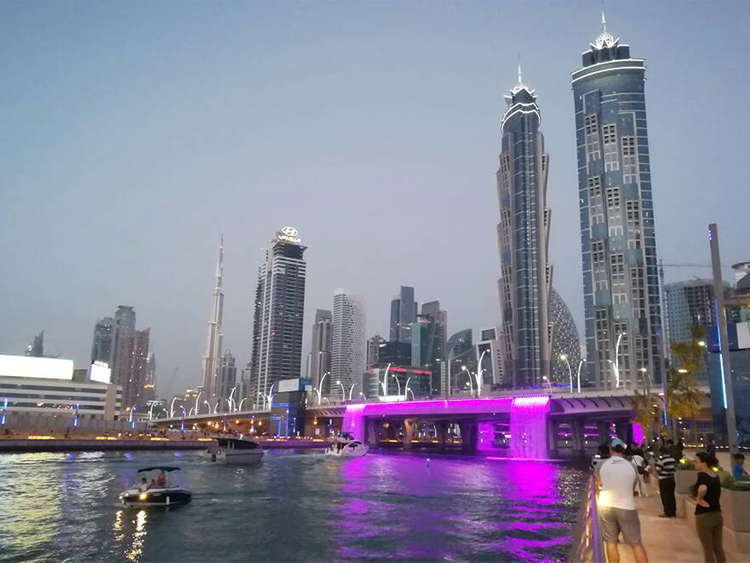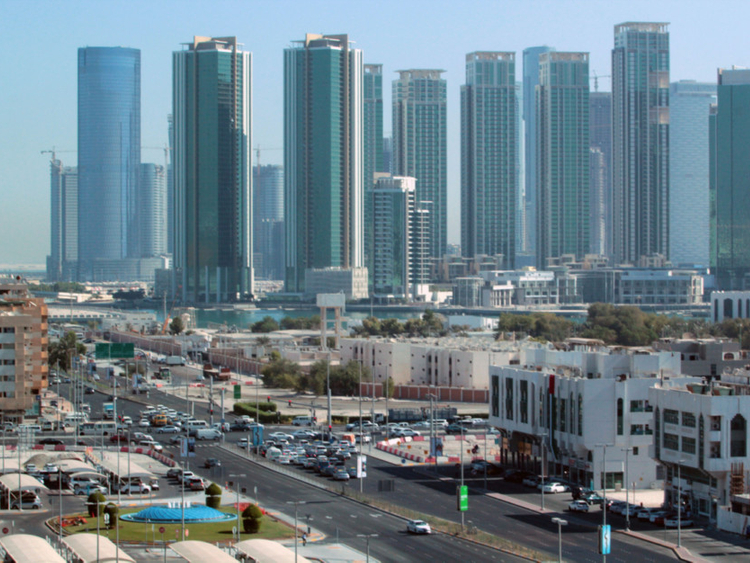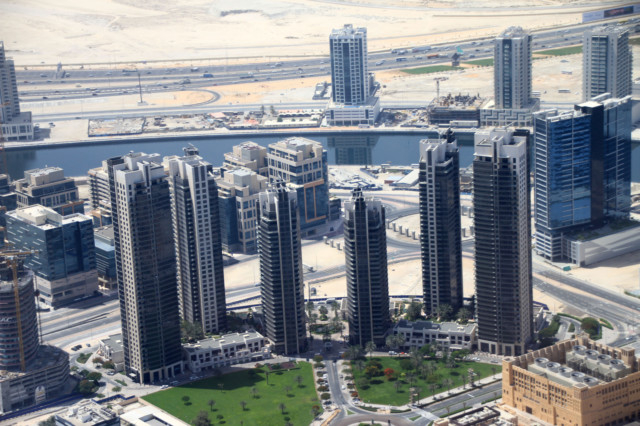
Dubai: Dubai and Abu Dhabi have moved up in the rankings for the costliest cities to live in, with the former in 20th spot (up from 21st) and the UAE capital city just behind in 23rd (from 25th).
Four other Gulf cities — Riyadh (52), Manama (55), Doha (81) and Muscat (91) — figure in the top 100 rankings, while Kuwait City and Jeddah were placed 111th and 117th, according to the latest annual survey by the specialist management consultancy Mercer.
Among Middle East cities, Cairo had the lowest ranking, at 183, undone by the devaluation of the Egyptian pound.
That Dubai and Abu Dhabi moved up might come as a surprise, more so as the local economy is still in the process of readjustment in a low oil price environment.
Testing phase
The job market itself is passing through an extremely testing phase, with some of the biggest employers pruning their workforce and keeping a tight lid on overheads. Another factor that should have contributed to a lower cost of living - rents - was also under pressure through the better part of 2016.
But these did not reflect enough in the Mercer 2017 listings, with other factors contributing to the spike in costs.
Next year onwards, Gulf cities and its residents will also need to make allowances in VAT (value-added tax) related costs in a significant way.
But according to a top Mercer official, in the case of the UAE and other Gulf states, currency fluctuations did not have a decisive role in the cost spiral.
“This year currency fluctuation was less of a factor in worldwide changes in the rankings — so the slight rise on the list represents a true increase in the cost of living in the UAE when compared to other cities globally,” said Nuno Gomes, Principal Information Solutions Leader at Mercer Middle East, North Africa and Turkey.
“From a workforce cost perspective, we have not witnessed significant reductions in packages offered.
"But many organizations are looking at small adjustments to address the overall cost containment issue, such as limitations to certain benefits (medical insurance, for example), caps on business expenses, travel restrictions, and, ultimately, softer annual salary increases than in previous years.”
Costliest city
The costliest city in the world, based on the Mercer findings, is the Angolan capital Luanda.
In fact, quite a few cities in Africa have seen movements up the cost ladder for expats, “reflecting high living costs and prices of goods for expatriate employees”, the report finds.
In fact, Luanda claim on the top spot comes “despite its currency weakening against the US dollar”.
Elsewhere, Asian cities had the highest share in the Top 10, led by Hong Kong at number two (as a result of its currency pegged to the US dollar, which drove up the cost of accommodations locally”, Mercer’s report notes. It was followed by Tokyo (at 3), Singapore (5), Seoul (6), and Shanghai (8).
“The strengthening of the Japanese yen along with the high costs of expatriate consumer goods and a dynamic housing market pushed Japanese cities up in the ranking,” said Constantin-Métral.
“However, the majority of Chinese cities fell in the ranking due to the weakening of the Chinese yuan against the US dollar.”















